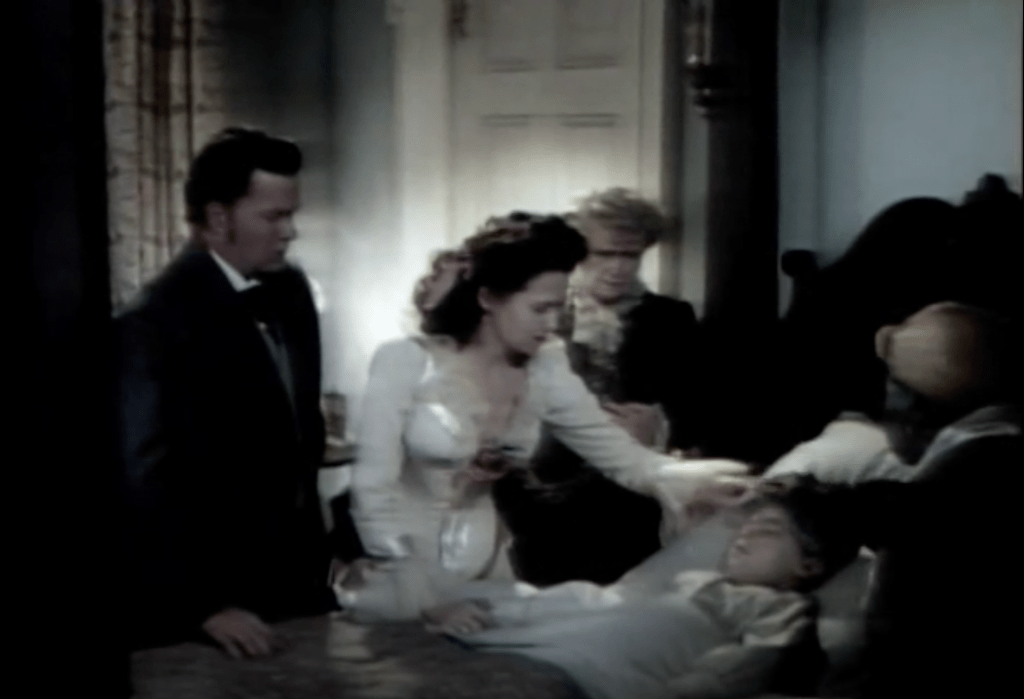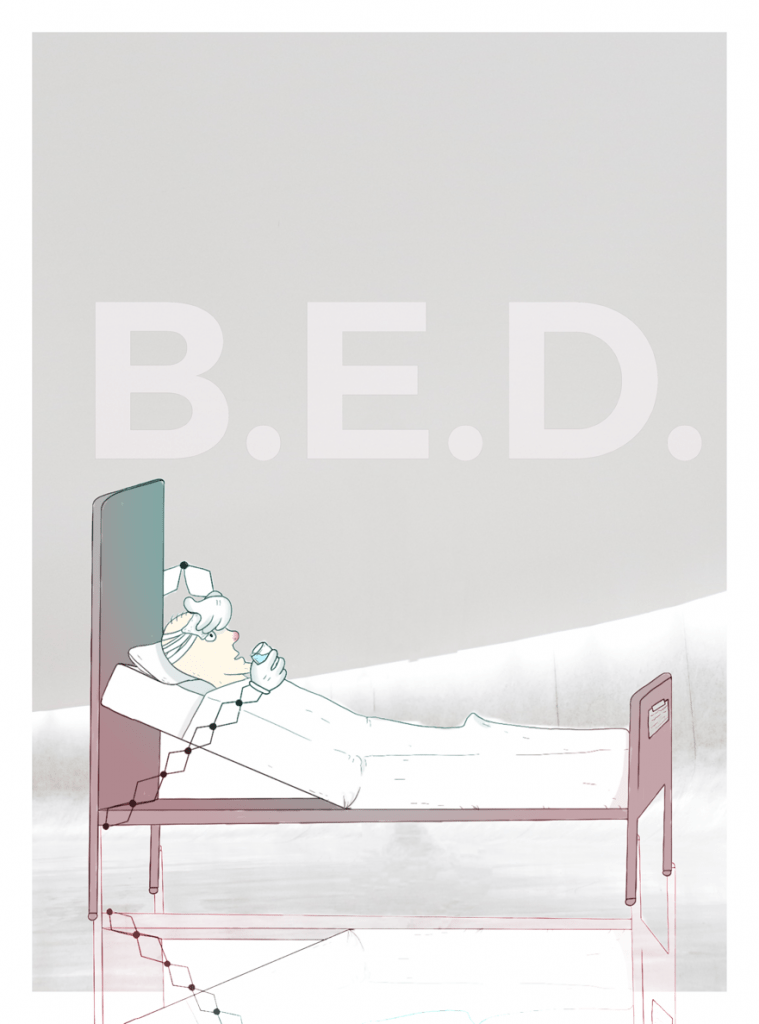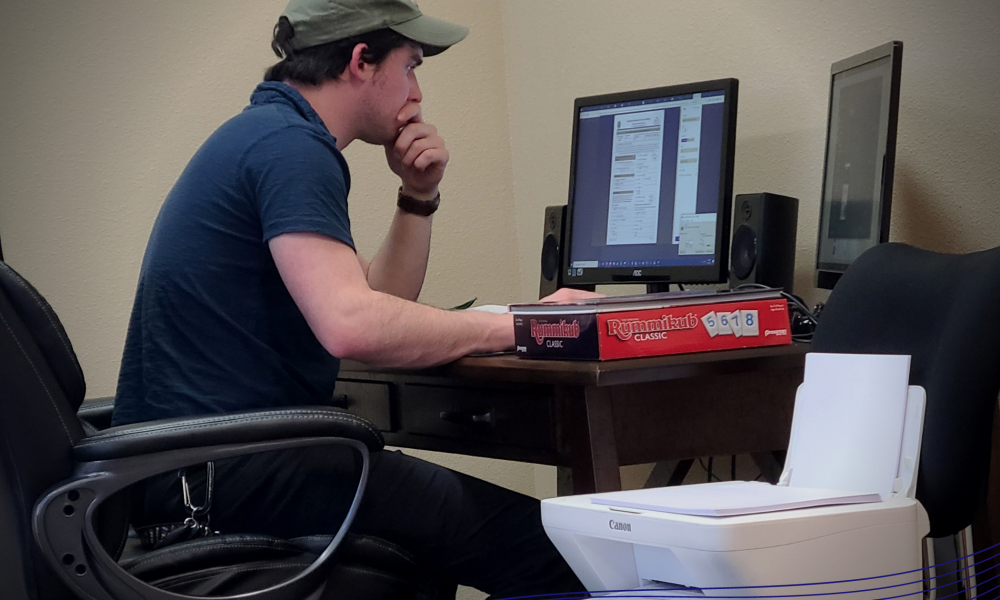Live to Care Another Day
Everyone these days seems to think they’re an expert in First Aid. I get it, everyone wants to be first. Plus, It’s a useful skill, and more than a little bit glamorous. If you think about it, the book series featuring James Bond was almost an exact allegory for the life of an EMT doing first aid. You may be at a fancy dinner one moment, and the next you’re out of your tuxedo and sliding across the hood of your ambulance. The siren parts a sea of vehicles like a cartoon Cars version of Moses as you arrive just in time to diffuse a bomb. A heart attack bomb. Remember when Bond used the defibrillator on himself during a poker game? Classic EMT behavior.

I’ve been there, I remember the flashing lights, the slack jawed onlookers, the tearful “thank you” of a worried mother. But after you’ve administered First Aid and the glitz and glam wear off, what’s left? What does Mr. Bond do after he’s pulled the confused one legged man out of the Saturn that flipped on its side? If he knew Second Aid, he’d probably lay a blanket across the man’s shoulders, and give him a cup of hot joe. That last part is critical but many have forgotten its importance. That’s why I want to RE-introduce you to Second Aid.
Naturally, Second Aid comes AFTER First Aid. First Aid is concerned with the immediate steps to address an injury or emergent medical condition, whereas Second Aid is primarily used once the patient is stable and recovering. Of course no one looks down on Second Aid. That’s the problem. I bet you never even think about Second Aid. Going forward, I hope you’ll remember the blanket and the joe, because our ancient relatives sure did.
The Original Dab
Second Aid isn’t a new practice. The art form was very popular in the early 1900s. You may be surprised to learn that it’s been featured in almost too many films to list. You’ve seen it many times, but may never have realized what you were being shown.
One classic element of Second Aid is the “wet rag/forehead dab.” In the 1946 Movie ‘Song of the South,’ a child is running across a field to stop his friend, Uncle Remus, from leaving. In the field was a bull that rushed the child and knocked him unconscious. The viewer is spared the gory details, but the next time you see the boy he is unconscious in his room. His nurse is administering Second Aid by dabbing a wet cloth on his forehead. In addition to the Wet Rag technique in this scene, there is also singing, and story telling. If carried out properly, this miraculous combination usually results in the unconscious patient waking up.

The ‘Head Tilt, Assisted Sip’ was used even in Biblical times, presumably as far back as the Good Samaritan. However, modern advancements have modified this method to include a straw along with the sip which reduced spillage by over 80%. As time went on, nurses began to refine this ancient practice. With the addition of adjusting pillows behind the patient’s back or neck, patient comfort reached new highs that were previously only thought to be theoretical.
In the previous few decades, innovation in this field has sloped off dramatically. Since the innovation of the mechanically adjustable bed in the 1970s, Second Aid has been at a near stand still. Patients are still grateful for the care, but I believe it is time to push the envelope just a little bit further.
Future of 2nd Aid

The ‘Biomechanically Engineered Device’ or B.E.D. will revolutionize Second Aid and bring it into the new era. With advancements in robotics, we can design a bed that has built in appendages. These appendages can both dab the forehead as it serves chilled beverages. It will, of course, be cross-compatible with the traditional cup/straw combo.
With the replacement of the bedside nurse, we will open up space in the hospital room for another innovation: the Bedside Orchestra. After rewatching Song of the South, I was touched by the resonant melodies between the voices of the singers and the orchestral soundtrack in the film. Instinctually, I know that harmonious melodies tuned at 432cycles will aid in faster patient recovery and a higher positivity rating for the hospital.
These steps will help with “Iratus Patientitis” which affects currently about 12% of all patients over 56 years old. According to a comment on a question that was posted anonymously at answers.com, that’s nearly 5 million people in just the United States alone. A patient afflicted with “Iratus Patientitis” will throw 3.4 bedpans full of urine at nurses, causing the positivity rating of hospitals to dip quite severely. With an orchestra in the hospital room playing harmonies worthy of an Elizabethan land owner, relief of this condition will be immediate and long-lasting. We can expect to see Patientitis levels (as well as bed pans about to be thrown) drop dramatically.
Second Aid may continue to play second fiddle to First Aid for now, but for those of us who have had our fill of the glory that comes with administering emergency oxygen, Second Aid is a fantastic field in which to “retire”. It is, after-all, where most of the healing actually takes place. When we care for our patients and make them comfortable, perhaps one day we will wake up and realize it was US that were healed.
Nighthawk_Bear




